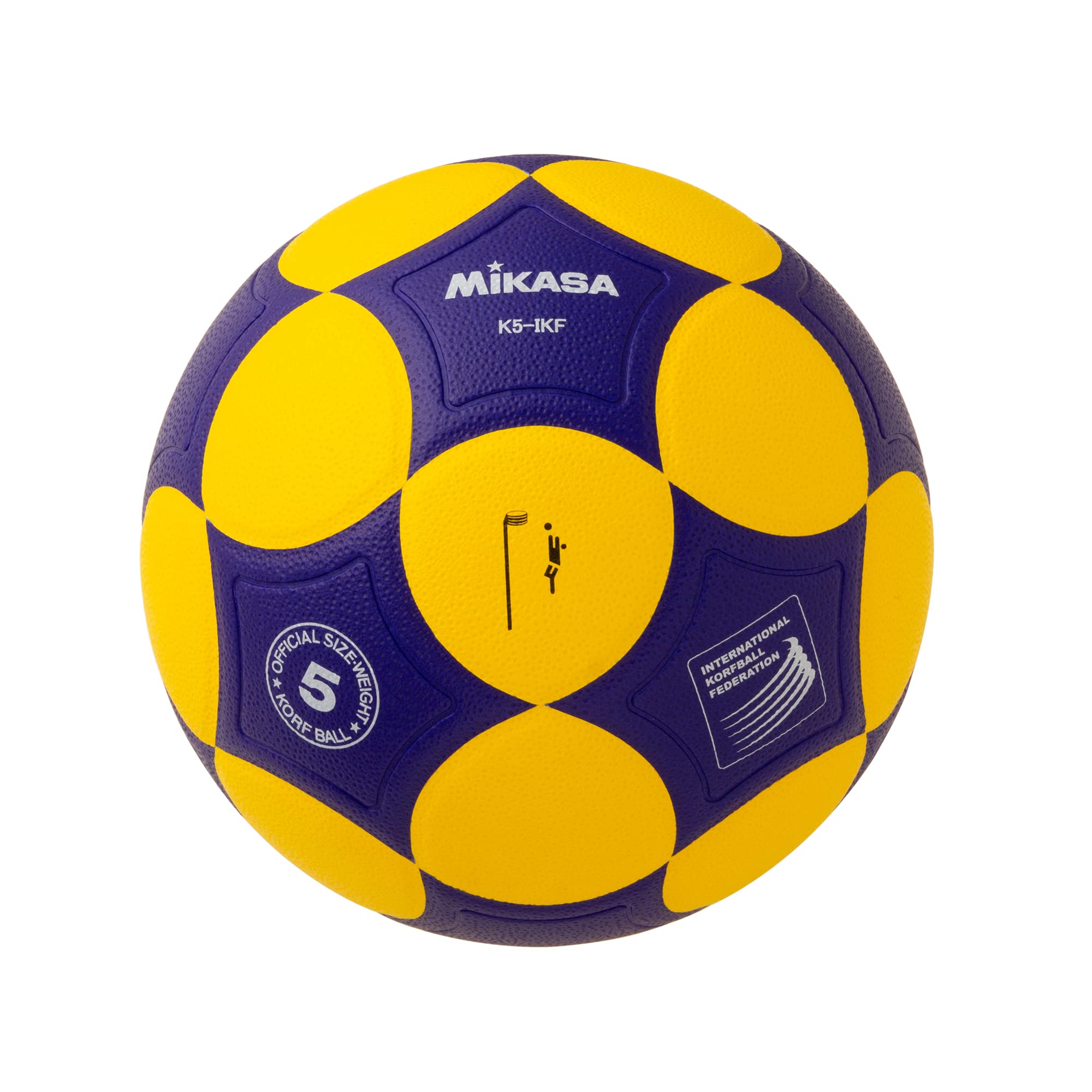Imagine a sport that combines the fast-paced action of basketball, the strategic elements of soccer, and the inclusive spirit of mixed-gender teams. Enter korfball, a unique and captivating sport that is gaining popularity worldwide. In this article, we will delve into the origins of korfball, its distinctive features, and why it stands out in the world of team sports.
The Origins and Evolution of Korfball
Korfball traces its roots back to the Netherlands in the early 20th century. Created by Nico Broekhuysen, a Dutch schoolteacher, in 1902, the sport aimed to offer a game where men and women could play together on an equal footing. Broekhuysen’s vision was revolutionary at the time, as most team sports were strictly divided along gender lines.
The game quickly spread across Europe, gaining popularity for its emphasis on inclusivity and its unique set of rules. Today, korfball is played in countries around the world, and its international federation, the International Korfball Federation (IKF), actively promotes the sport’s growth and development.
The Korfball Field: A Distinctive Arena
One of the first things that set korfball apart is its playing field. The game is typically played on a rectangular court divided into two zones – one for each team. Each zone contains a korf, a basket-like structure mounted on a pole. The aim of the game is simple: score points by successfully shooting a ball through the opponent’s korf.
What makes korfball particularly interesting is that each team consists of four male and four female players. The teams are divided into attackers and defenders, with players switching roles at halftime. This gender-inclusive approach not only adds a layer of diversity to the game but also challenges traditional norms in team sports.
The Unique Scoring System
Now, let’s talk about the scoring system that sets korfball apart from other team sports. In korfball, each team has a designated scoring zone, and only the players of that team are allowed inside it. The defending team aims to prevent the attacking team from scoring by blocking shots and intercepting passes.
What makes scoring interesting is the rule that a player can only shoot when not being actively defended by an opponent. This creates a dynamic and strategic element, as players must constantly move and collaborate to create opportunities for scoring. Additionally, goals are scored at both ends of the field, ensuring that teams stay engaged in both offensive and defensive play.
Korfball and Social Inclusivity
Beyond its unique gameplay, korfball promotes social inclusivity in a way that few sports do. By mandating mixed-gender teams, the sport breaks down gender stereotypes and fosters teamwork that goes beyond traditional roles. This approach not only challenges societal norms but also creates a more dynamic and engaging playing experience.
Korfball is not just a game; it’s a social movement that encourages people to see beyond gender and embrace the strengths and skills of each team member, regardless of their gender identity. This inclusive philosophy has contributed to the sport’s growing popularity, especially among communities seeking sports that reflect their values of equality and diversity.
FAQs: Unveiling the Mysteries of Korfball
Q1: Can men and women play on the same team in korfball?
Yes, absolutely! Korfball is unique in that it mandates mixed-gender teams. Each team consists of four male and four female players, fostering an inclusive and equal playing environment.
Q2: How is scoring different in korfball compared to other team sports?
Korfball’s scoring system is distinctive. Goals are scored by shooting a ball through the opponent’s korf, but a player can only shoot when not actively defended. This adds a strategic layer to the game, making every goal a product of teamwork and skill.
Q3: Is korfball only popular in the Netherlands?
While korfball originated in the Netherlands, it has gained international popularity. The International Korfball Federation (IKF) actively promotes the sport worldwide, and many countries have embraced korfball as a unique and inclusive team sport.
In conclusion, korfball is more than just a game; it’s a celebration of diversity, teamwork, and inclusivity. From its humble beginnings in the Netherlands to its global presence today, korfball stands as a testament to the power of sport to break down barriers and bring people together. So, if you’re looking for a sport that challenges norms and offers a truly unique playing experience, give korfball a try – you might just find yourself hooked on its dynamic and inclusive spirit.

